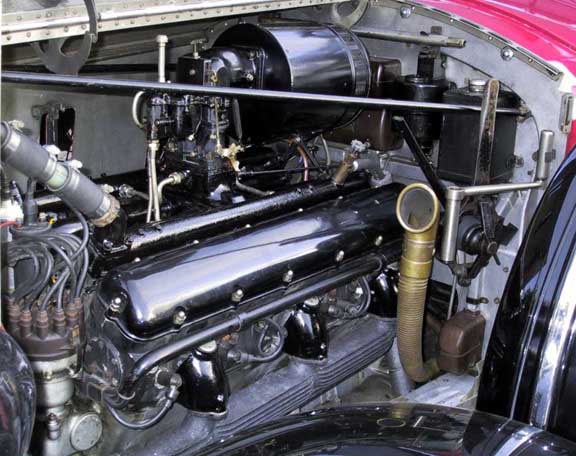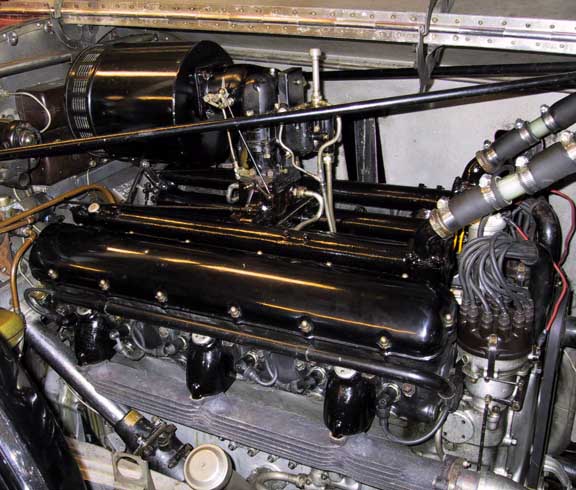Nickodell
Donation Time
Total engine production, 160,000. Total aircraft production using Merlins, 60,000. Of the 60,000, how many were twin engined Mozzies and four engined bombers? Just can't see 100,000 spare Merlins laying around after the war.
Bill
No, I'm sure there weren't that number laying, or even lying around.
Around 16,000 Merlin bombers, approximately 7,000 each of twin-engined Mosquitos and four-engined Lancasters (some of which had Bristol radial engines) plus about 1,200 Merlin Halifaxes (all the rest being radial-engined). Around 47,000 engines. So if we add the 45,000 single-engine fighters, plus a few oddballs and small-production ones like Battles and Whitleys, there were around 93,000 Merlins in service - obviously not all at the same time - with some 67,000 spares.
Also, bear in mind that many of the Lancs had very short lives, and probably few if any engine changes. And unless an aircraft was lost over enemy territory, a crash landing usually meant salvagable engines, and even in a write-off crash often they could recover largely intact engines, or at least recyclable parts. Other than those lost over enemy territory, the great majority of the Merlins in use were returned to 3rd - line maintenance centers, to be rebuilt and returned to service, sometimes several times over.
Anyhow, had politics not reared its ugly head, I'm sure several US companies other than Packard would have built them, and the US could easily have exceeded the UK production, probably several times over.
The R-R engine that never reached its potential was the 35-litre Griffon. Had it been developed as the Merlin was (by 1945, a continuous 2,200 bhp, with 2,650 available for short periods) the Griffon might well have put out 3,500 bhp or more. R-R had begun work on the gas turbine engine as early as 1938, and the same brilliant Stanley (later Sir Stanley) Hooker who did more to develop the Merlin than anyone else, went on during the war to turn the rudimentary Whittle turbojet into a production engine, raising its thrust from 1,800 lb to 5,000 lb, to power the DeHavilland Vampire and Gloster Meteor. So the Griffon was a stop-gap for later model Spitfires and some bombers, and received only minor development. R-R saw that the future lay in the turbine before any other allied aircraft engine manufacturer.
By the time he retired, in 1967, Hooker he had been deeply involved in the design of almost every modern British aero engine, including those for the Concorde supersonic airliner and the Harrier jump jet.
Trivia: Ironically, the final variant of the Messerschmitt Me-109G, the Spanish-built Hispano Aviacion HA-1112-M1L Buchon - equipped with the 1,600 hp Merlin 500-45 engine - remained in service until December 1965. It was used, disguised as Bf 190Es and Gs in movies, such as “Battle of Britain,” “Memphis Bell” and “The Tuskegee Airmen.” And so the circle was completed. 30 years earlier, a Kestrel (from which the Merlin was developed)had powered the first prototype Messerschmitt Bf-109V1.
OK, quiz time. Which R-R engine is this?





